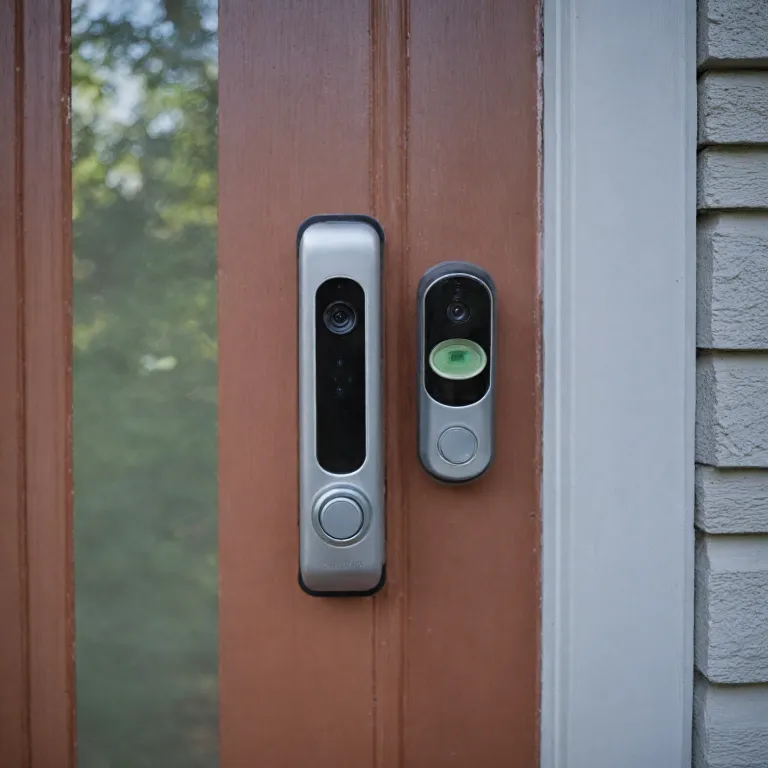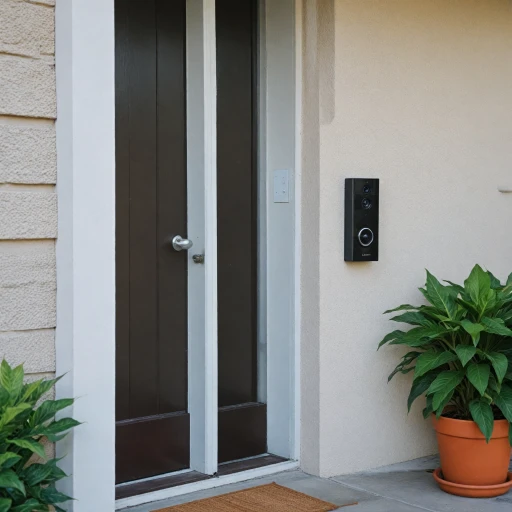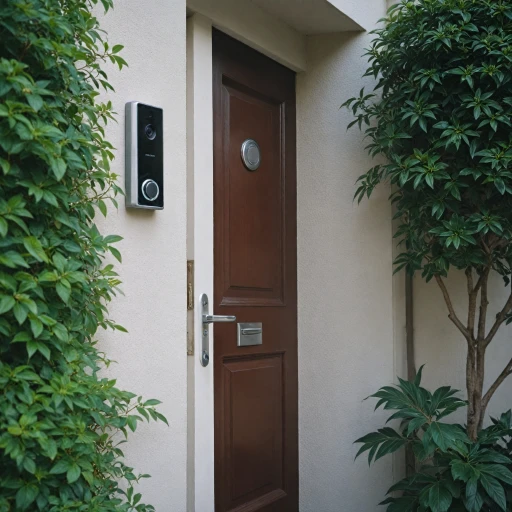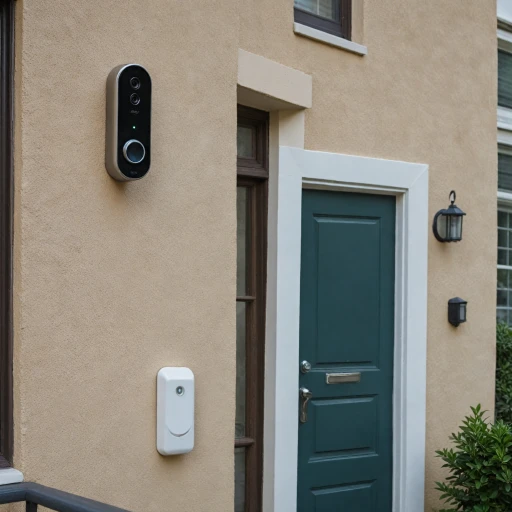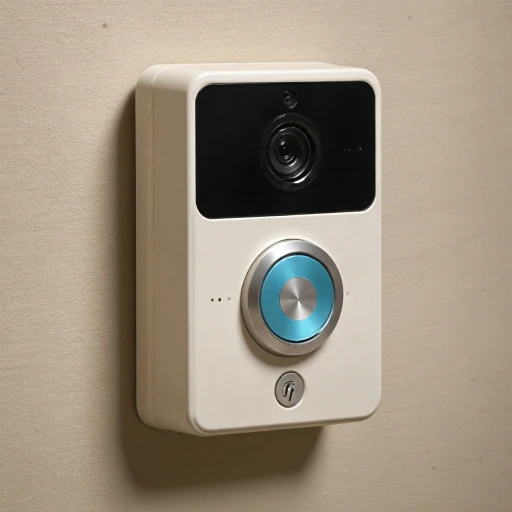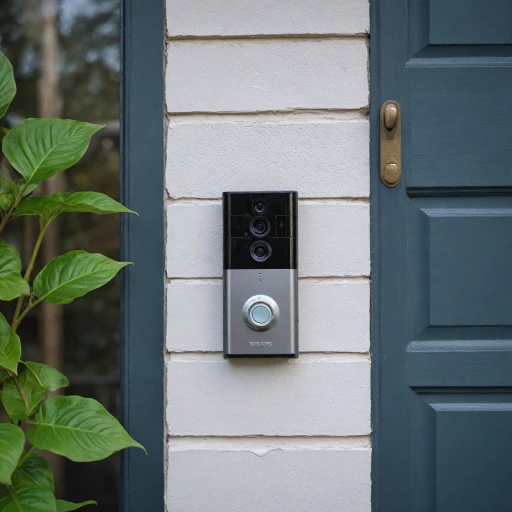
Understanding Common Connectivity Issues
Identifying Connectivity Challenges
In the realm of smart home technology, ensuring your Ring Video Doorbell remains seamlessly connected to your WiFi network is paramount for optimal performance. However, connectivity challenges are not uncommon. Understanding these issues is the first step in maintaining a reliable link between your device and the internet.
One frequent challenge encountered by users is the interference caused by other devices operating on similar frequencies. It’s crucial to ensure that your router supports dual-band connectivity, enabling access to both 2.4 GHz and 5 GHz networks. This flexibility can help alleviate congestion on your network and improve the connection for your Ring device. Additionally, verifying that your router's settings align with the necessary requirements for your video doorbell can prevent potential hiccups.
Often overlooked are potential conflicts arising from outdated firmware or software on your doorbell or router, which can hamper performance (more on this in section 4). Keeping these updated is essential. Moreover, simple factors such as an incorrect WiFi password or improper initial setup in the Ring app can act as hurdles in maintaining a stable connection.
Exploring the features of the Ring 1 Smart Doorbell might also offer additional insights into how your product interacts with your network settings, providing clarity on any power constraints that may affect performance.
Lastly, the physical location of your routers, as will be detailed further in section 3, plays a critical role in ensuring a strong and stable WiFi signal, capable of efficiently supporting your Ring Video Doorbell and other smart devices.
Checking Your WiFi Network
Verifying Your Internet Setup
When experiencing connectivity issues with your Ring Doorbell, it's crucial to scrutinize your WiFi network. Completing this check can pinpoint the potential source of the problem and save time troubleshooting.
- Ensure your WiFi network is operational with other devices. Test the connection with a smartphone or computer to verify stability.
- Confirm the WiFi password entered in the Ring app matches what your network requires. A single typo can prevent your Ring device from connecting.
- Identify if your WiFi network is operating on a 2.4 GHz band, as Ring devices typically communicate on this frequency rather than the 5 GHz network.
- Position your router centrally or within range of your Ring Doorbell. Obstacles such as walls or floors can diminish the wifi signal.
- Consider using a WiFi extender to enhance signal strength, particularly if your router is located far from the doorbell.
- Confirm there are no other devices saturating your bandwidth. Streaming video from other devices can impact the network performance necessary for your video doorbell.
For a deeper dive into selecting the appropriate smart doorbell, visit our guide on Comparing Blink and Ring.
Optimizing Router Placement
Strategic Router Placement for Optimal Connectivity
Ensuring a robust WiFi connection for your Ring device begins with the strategic placement of your router. WiFi signal strength plays a crucial role in ensuring that your video doorbell connects seamlessly to the network. Follow these essential guidelines to optimize router positioning and enhance connectivity:- Distance Matters: Keep the distance between your router and Ring doorbell to a minimum. Walls and other obstacles can weaken the WiFi signal, impacting the performance of your Ring video. Make sure that the router is positioned as centrally and openly as possible within your home.
- Avoid Interference: Electronic devices such as microwaves, cordless phones, and even certain home appliances can interfere with the WiFi signal. Consider relocating your router away from these interfering factors to ensure your devices efficiently connect.
- Use a WiFi Extender: If your doorbell won’t connect due to distance, consider investing in a WiFi extender. These devices can help boost the signal to reach further distances, ensuring your Ring products receive consistent connectivity.
- Utilize the Right Frequency: Modern routers operate on dual-band technology, offering both 2.4 GHz and 5 GHz networks. Due to better wall penetration and longer range, the 2.4 GHz network is generally more suitable for video doorbells and outdoor smart devices.
- Secure Your Network: Always be sure your WiFi network is secured with a strong, unique password. This step not only protects your personal information but also prevents unauthorized access, which could impact the performance of your connected devices.
Updating Firmware and Software
Ensuring Your Ring Device is Up-to-Date
Having an up-to-date firmware and software is crucial in maintaining a stable connection between your Ring device and your WiFi network. Upgrades often include bug fixes, security enhancements, and improvements that can solve connectivity issues.- Using the Ring App: Start by opening the Ring app on your smartphone or tablet. Here, you can easily check for any pending updates for your video doorbell. The app provides notifications about available updates and guides you through the process.
- Automatic Updates: Some Ring devices are set to update automatically when connected to a strong WiFi network. Make sure your router’s settings allow automatic updates and your Ring device has the necessary power supply for this operation.
- Manual Firmware Updates: If the automatic method doesn’t successfully update your device, you might need to perform a manual update. This can often be done via a prompt in the Ring app or by accessing the settings of your specific product.
- Common Update Barriers: Be aware that low battery levels or weak WiFi signals can hinder the update process. Ensure your Ring doorbell has adequate power and you're connecting via a reliable WiFi network, preferably on a 2.4 GHz network, which offers better range compared to a 5 GHz network.
Resetting Your Ring Doorbell
{"Rebooting the System as a Last Resort
If you’ve already gone through the previous steps of verifying your wifi network, optimizing your router placement, and ensuring all firmware and software updates are current, yet your ring device still won’t connect, rebooting the device might be necessary.
Restarting the ring doorbell can potentially resolve any unresolved connectivity issues. This process can help reset any temporary glitches that might be affecting the connection to your wifi. Here’s how to proceed:
- Power Down: First, remove the ring device from its mounting. Depending on your model, you may need to detach it from power sources and take out or disconnect any wiring binding it.
- Perform the Reset: To reset, locate the small reset button on your ring video doorbell. Press and hold it down for around 15 seconds, then release.
- Reconnect: Allow the device a couple of minutes to reboot. Once it’s back online, reconnect it to your network using the ring app. Be sure to double-check that you’re entering the correct wifi password and connecting to the right network.
- Monitor the Indicators: After a successful reset, watch for the ring device’s indicator lights to ensure they show a solid connection. Any error message should now be gone.
While resetting may seem like a step back, it can often right the course for a malfunctioning video doorbell. However, if your doorbell won’t connect even after a reset, further professional support might be required. Some posts and community feedback have suggested that using a wifi extender or transitioning to a less congested 5 GHz network can improve connectivity for your ring doorsbel.
Seeking Professional Support
Reaching Out for Expert Help
If you've exhausted your troubleshooting options and your Ring doorbell still won't connect to the WiFi, seeking professional support might be your best course of action. A technical expert who specializes in smart home devices can provide a deeper understanding of the network, router, and device nuances, ensuring that your setup is optimized for functionality.
Before contacting support, be prepared to provide detailed information about your setup:
- Details of your WiFi network, including the password and the GHz network you're using.
- The Ring app settings and any error messages you've encountered.
- Steps you’ve already taken, such as resetting the Ring doorbell or updating its firmware.
Professional support may also involve assistance from your internet service provider (ISP) regarding any potential signal or router issues. They can check if there are special characters in your WiFi password that may be hindering connection attempts or if your existing router is compatible with Ring devices.
Additionally, participating in online communities where experienced users share their troubleshooting posts can be a valuable resource. Sometimes, the collective wisdom of a community can offer solutions you haven't considered yet.
Utilizing professional support, whether through direct contact with Ring support or community resources, ensures your video doorbell can operate efficiently, keeping your home secure.
